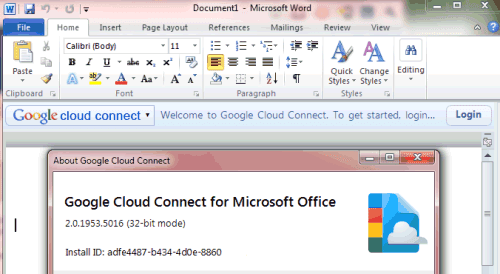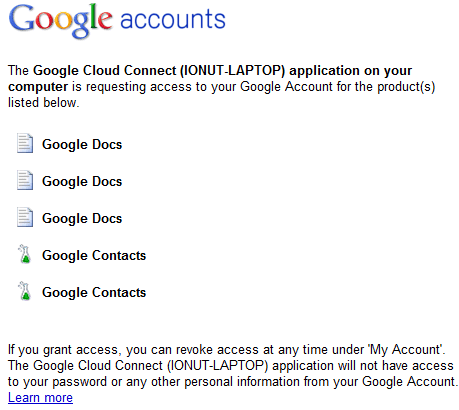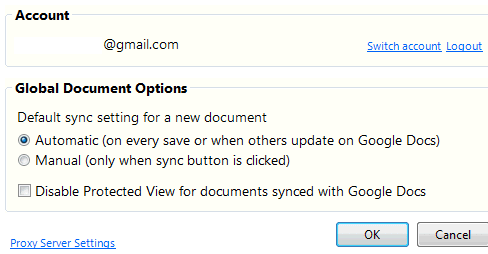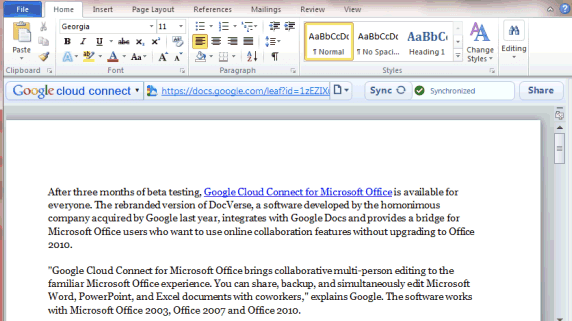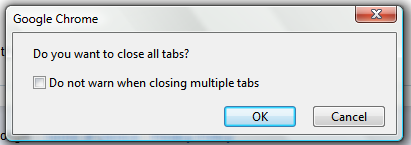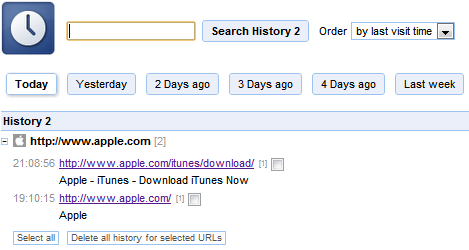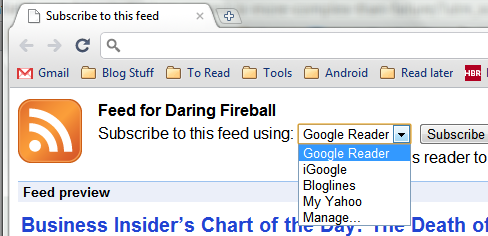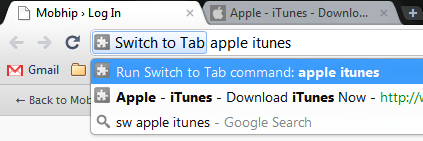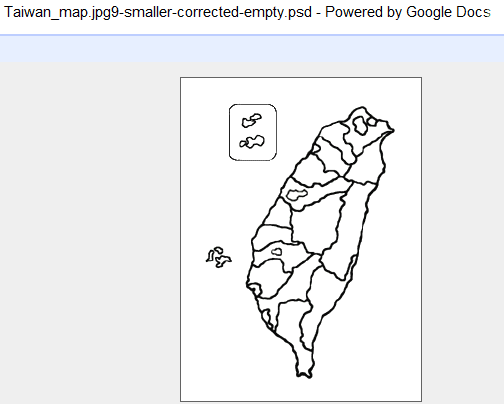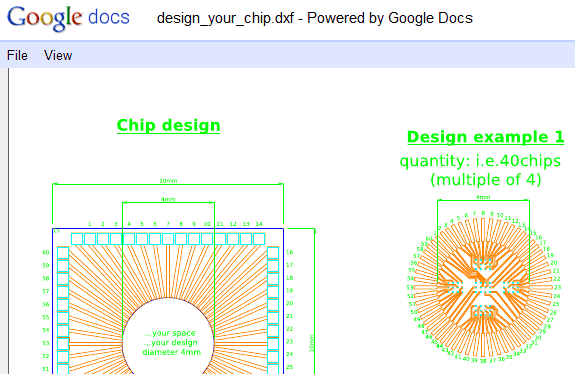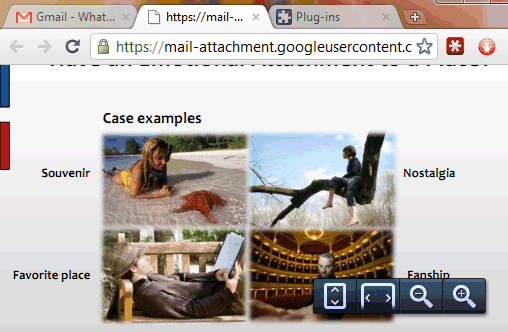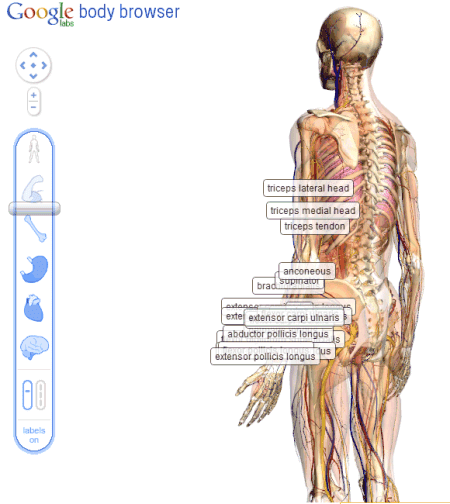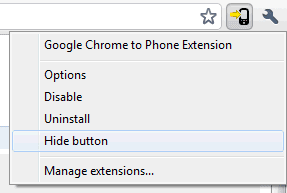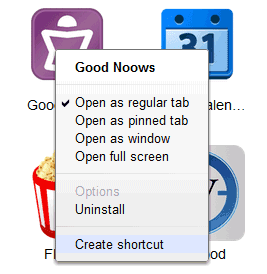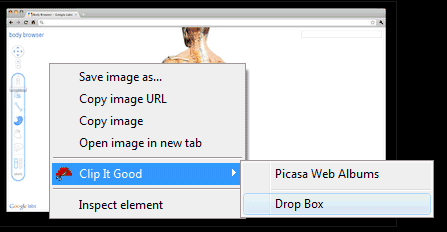Yes, whatever the error is on Google's end (and it clearly is that, not a hack, unless it's some kind of inside hack) it's basically reset my account so it's like a brand-new Gmail account. My contacts are intact, but nothing else--the folders have reset to default, my signature line is blank, the "theme" is changed back to the default and--of course--every single email from the last 7 years has vanished completely.
The Google Apps Status page mentions that "this issue affects less than 0.08% of the Google Mail userbase" and "Google engineers are working to restore full access". The users that are affected "will be temporarily unable to sign in".

This is a really important problem for Google and one of the biggest Gmail issues ever since Google's email service was released, back in 2004.
Update: A Google engineer says that the "accounts that are affected are currently fully disabled. We're in the process of changing this to be a Gmail only disable so you should regain access to other Google services soon. This will also mean email to these accounts stops bouncing and gets queued up for later delivery instead."
Update 2: Google says that only 0.02% of the Gmail users were affected. "In some rare instances software bugs can affect several copies of the data. That's what happened here. Some copies of mail were deleted, and we've been hard at work over the last 30 hours getting it back for the people affected by this issue. To protect your information from these unusual bugs, we also back it up to tape. Since the tapes are offline, they're protected from such software bugs. But restoring data from them also takes longer than transferring your requests to another data center, which is why it's taken us hours to get the email back instead of milliseconds."
{ via Engadget }







